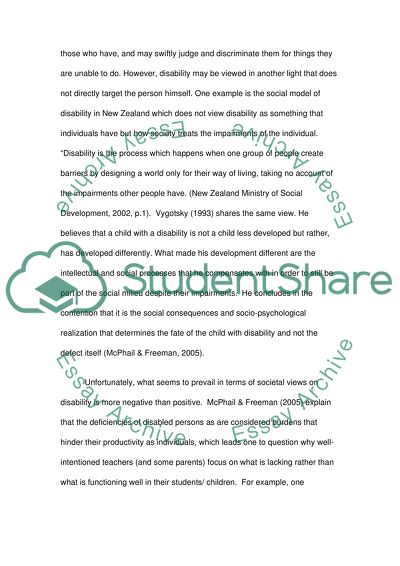Cite this document
(“Rising to the Challenges of Disability Essay Example | Topics and Well Written Essays - 4500 words”, n.d.)
Retrieved from https://studentshare.org/education/1400469-children-with-disabilites
Retrieved from https://studentshare.org/education/1400469-children-with-disabilites
(Rising to the Challenges of Disability Essay Example | Topics and Well Written Essays - 4500 Words)
https://studentshare.org/education/1400469-children-with-disabilites.
https://studentshare.org/education/1400469-children-with-disabilites.
“Rising to the Challenges of Disability Essay Example | Topics and Well Written Essays - 4500 Words”, n.d. https://studentshare.org/education/1400469-children-with-disabilites.


